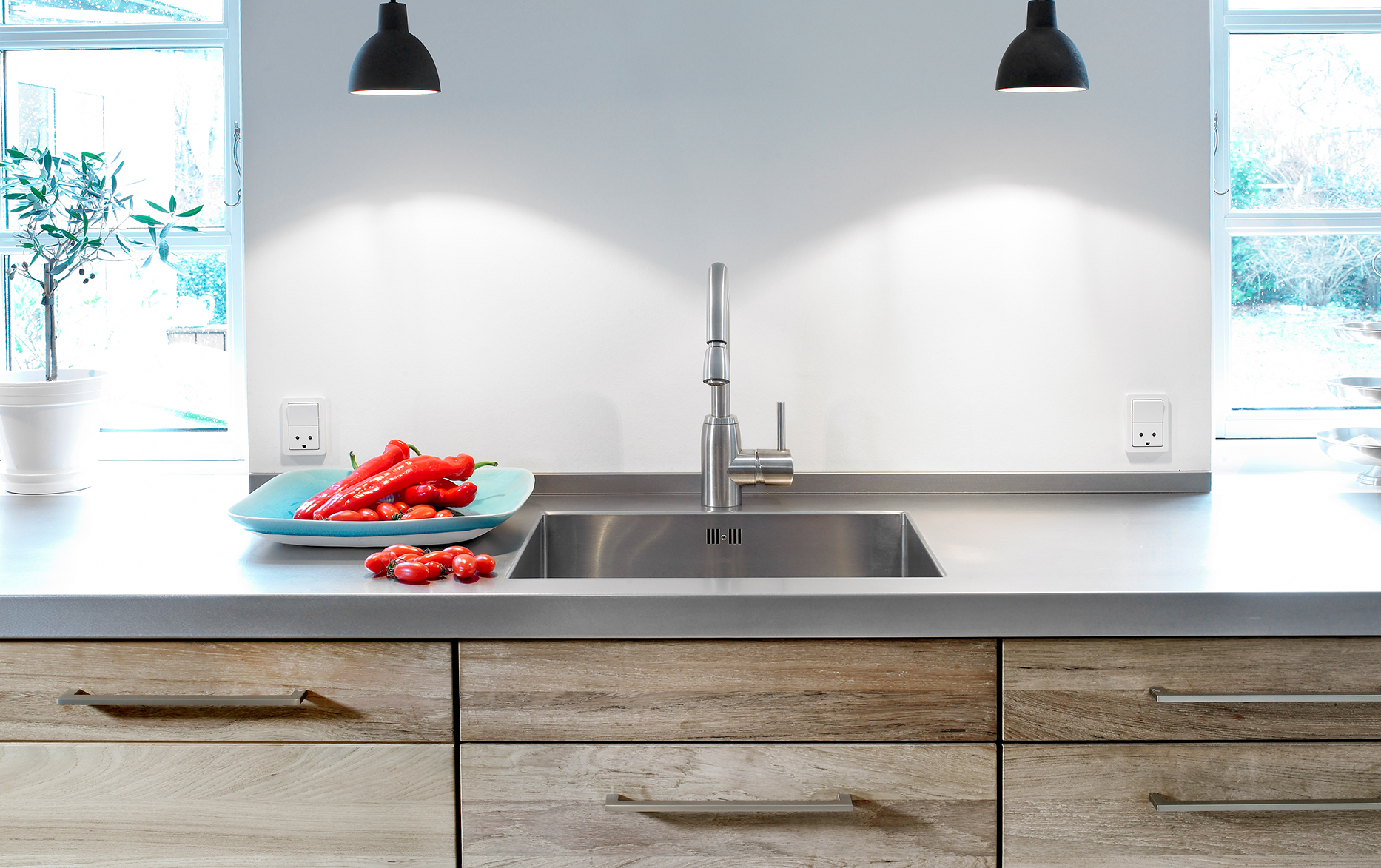

What You Need
As sleek as stainless steel looks, it loses its alluring shine when it's covered in sticky smudges, water spots and streaks. Your kitchen sink, though sometimes hidden under a pile of dishes, is no different.
When considering the best way to clean your stainless steel sink, knowing what NOT to do is just as valuable as knowing what to do. Harsh abrasives, scouring powders or steel wool, as well as cleaning products containing chlorine, bleach and ammonia all have the potential to damage the finish. Even plain water can leave unsightly marks and spots if not utilized properly.
Additionally, home remedies such as white vinegar, dish soap, baking soda or olive oil may not always provide the desired cleaning results. White vinegar's acidic nature can easily corrode stainless steel if it's not used correctly. Both dish soap and baking soda work to clean, but they often leave behind a stubborn white film. This is the opposite of the sleek, shiny surface you'd expect to see after you've dried your sink.
Before cleaning stainless steel sink stains, it's important that you determine the direction of the grain. The grain is the brushed finish of stainless steel, and it's different from surface-to-surface.
Your stainless steel's grain will be faint lines running either horizontally or vertically, and it's important that you scrub your sink back-and-forth or up-and-down in the direction of the grain for optimum shine. If you mistakenly wipe against the grain, soils may sink deeper into the grain of the surface, resulting in more difficult removal.
Oil-based stainless steel cleaners are popular but often contain strong solvents or toxic petroleum distillates that Simple Green does not, making our All-Purpose Cleaner a better choice.
TIP: If you've cleaned your sink but still notice a lingering odor, the problem may be your garbage disposal. Clean it out with Simple Green and some warm water - learn how here.